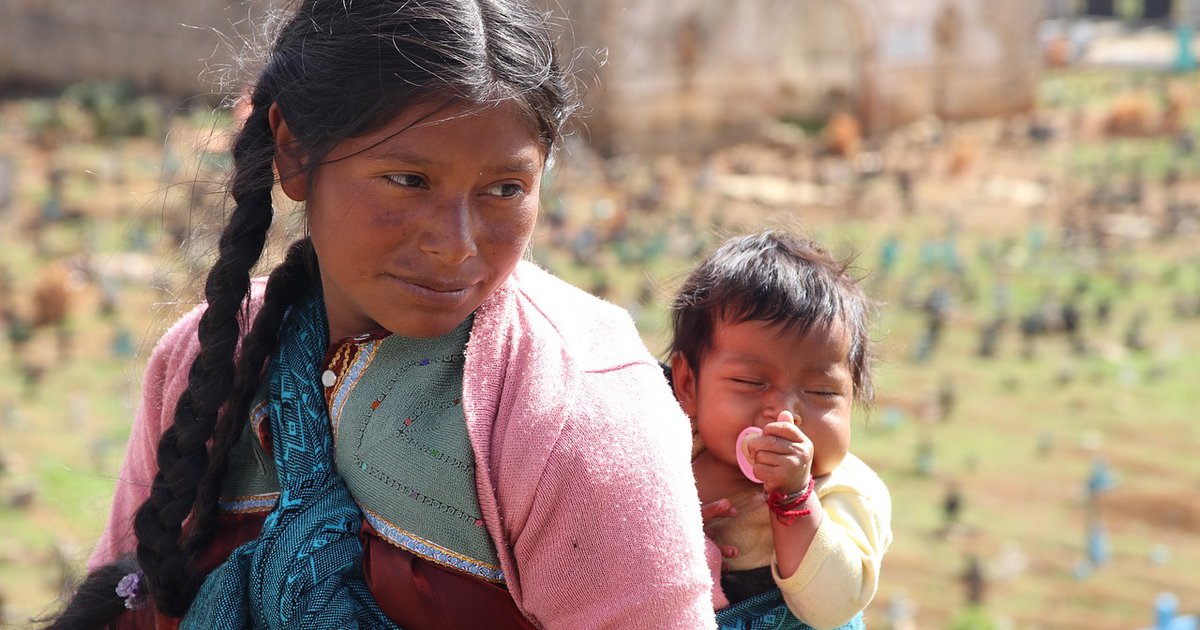
In the latter half of the 16th century, a famed friar and chronicler set out to write his “Treatise about the just causes for a war against the Indians.” The manuscript seeks to justify the enslavement of the natives and oppose a humane approach to the conquest. "The Spaniards are perfectly entitled to exert their dominance over these barbarians of the New World [...]” wrote Juan Ginés de Sepúlveda, “whose wisdom, wit and any sort of human virtue or sentiment is so inferior to the Spanish man, as the child is to an adult, a female is to a male, the cruel and inhuman is to the meek-spirited one and, I shall say, the monkey is to man".
The world of which the Treatise spoke is long gone. It’s been over 500 years since the conquest of the Americas. However, the words of Friar Ginés stuck. And perhaps nowhere as much as in my home country, Guatemala. For the following centuries, the upper classes promoted the idea of a superior race. By the 19th century, a phrase (which is still common to date) had been coined: Mejorar la raza (Improve our race). It serves a double purpose: to celebrate European lineage and to suggest that the farther a Guatemalan is from his or her non-white roots, the better.
The State certainly took that phrase to heart. For the rest of the century and the first half of the 1900s, grossly unequal distribution of wealth, forced labour and State-sponsored violence were part of everyday life for indigenous peoples. It culminated in the Guatemalan Civil War, one of the longest armed conflicts in Latin American history, which resulted in the genocide of nearly 200,000 Mayans and the displacement of 1.5 million others.
Fervent apologists and misguided nationalists will be quick to tell you that these tragedies belong to a bygone era. They will claim that, following the signing of the Peace Accords in the 1990s, Guatemala became a country of equal opportunity. On the opposite side, human rights activists worry that the system which led to these tragedies never changed – it merely adapted.
Which side is right? Consider the following: There are more than 6.5 million people who identify as indigenous in Guatemala. At least 79% of them live in poverty (double the rate than that of non-indigenous Guatemalans), 35% suffer from food insecurity and, despite this, public expenditure for them is less than half of that for the rest of the population.
Guatemala has some 257,000 internally displaced citizens, more than 100,000 yearly migrants and some of the highest maternal and infant mortality rates in the region. In all of these cases, the grand majority of those affected are indigenous. And this was all before COVID-19 struck.
tinyurlis.gdclck.ruulvis.netshrtco.de
مقالات مشابه
- نزدیک به نیمی از آمریکایی ها تاخیر در مراقبت های پزشکی با توجه به همه گیر
- مستهجن متن ادعا معاملات به نیوزیلند مخالفت
- استرالیا PM تعلیق معاهده استرداد گسترش ویزا برای هنگ کنگ شهروندان
- شرکت صادرات و واردات کالاهای مختلف از جمله کاشی و سرامیک و ارائه دهنده خدمات ترانزیت و بارگیری دریایی و ریلی و ترخیص کالا برای کشورهای مختلف از جمله روسیه و کشورهای حوزه cis و سایر نقاط جهان - بازرگانی علی قانعی
- معاملات اهرمی فیوچرز - امیدینو.ترید
- شرکت صادرات و واردات کالاهای مختلف از جمله کاشی و سرامیک و ارائه دهنده خدمات ترانزیت و بارگیری دریایی و ریلی و ترخیص کالا برای کشورهای مختلف از جمله روسیه و کشورهای حوزه cis و سایر نقاط جهان - بازرگانی علی قانعی
- خزانه داری آمریکا قصد دارد به قرض گرفتن رکورد تومان 3 تریلیون
- خرید PBN
- شرکت صادرات و واردات کالاهای مختلف از جمله کاشی و سرامیک و ارائه دهنده خدمات ترانزیت و بارگیری دریایی و ریلی و ترخیص کالا برای کشورهای مختلف از جمله روسیه و کشورهای حوزه cis و سایر نقاط جهان - بازرگانی علی قانعی
- یک دهه چه بوده است آموخته از قرقیزستان را در سال 2010 درگیری?